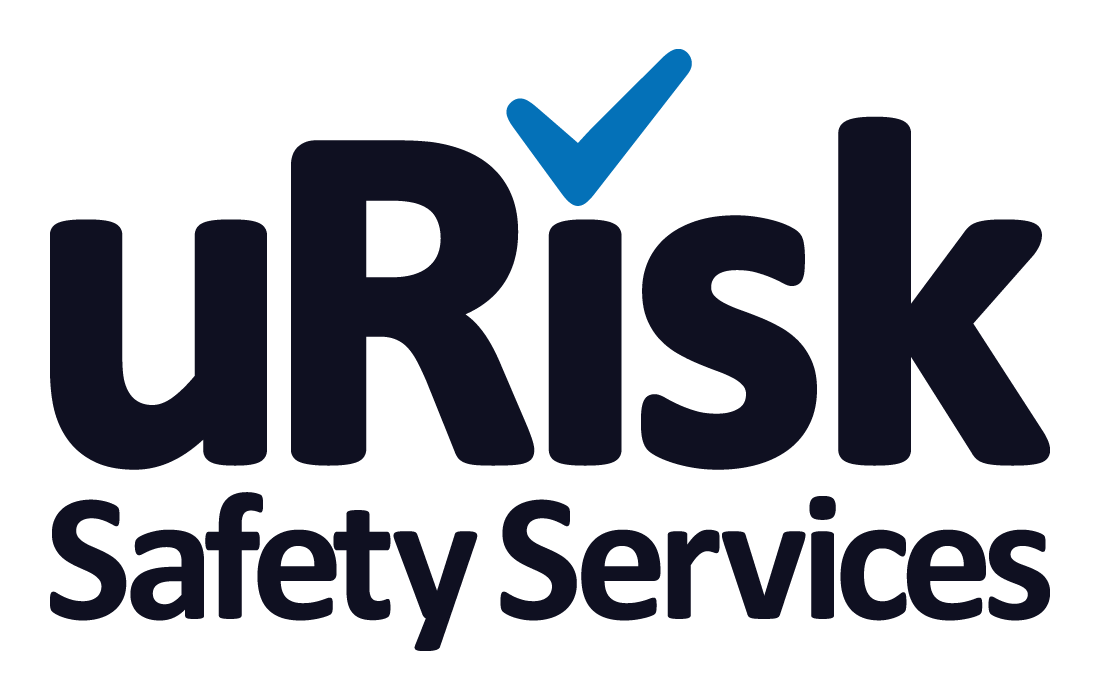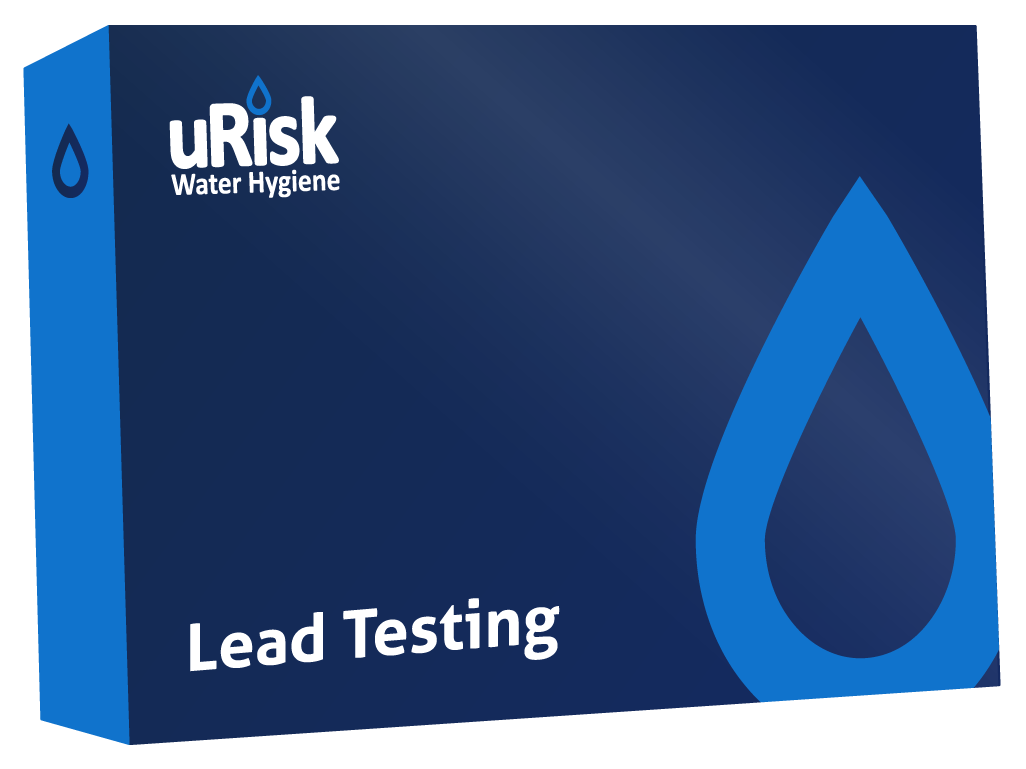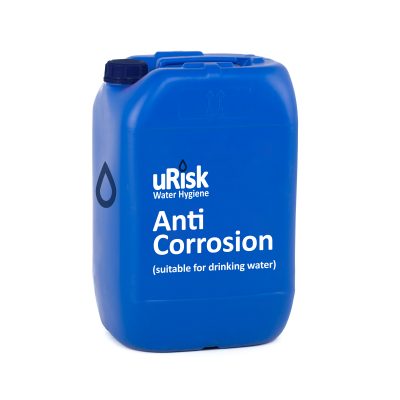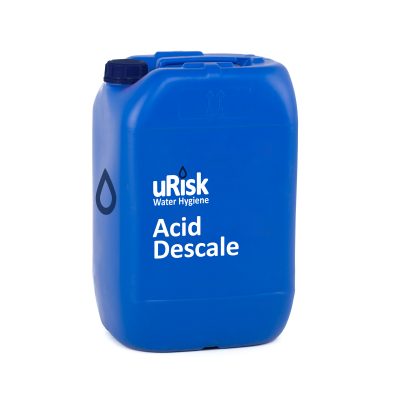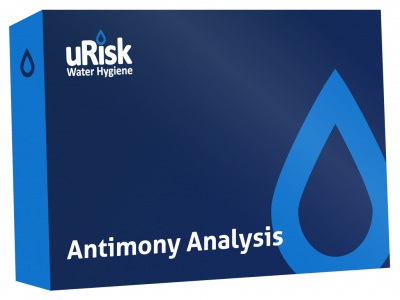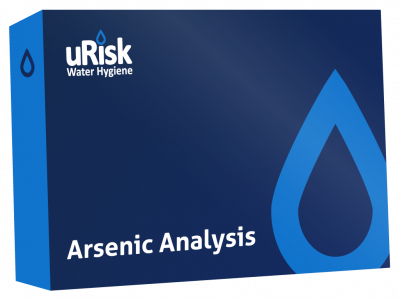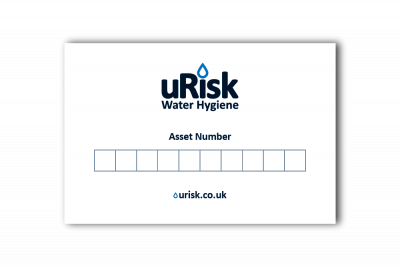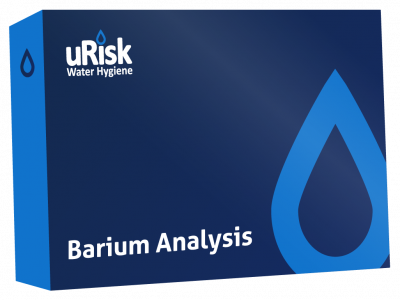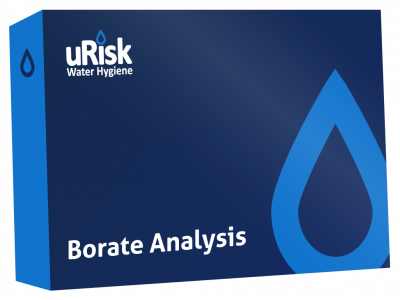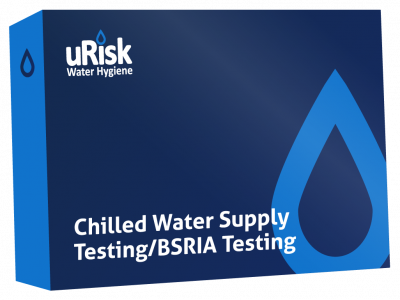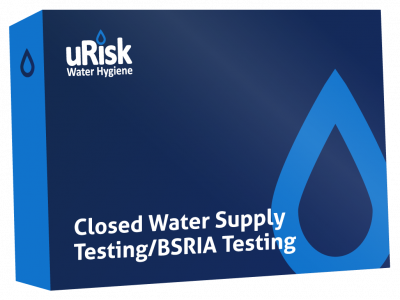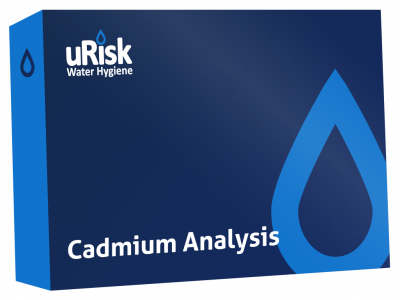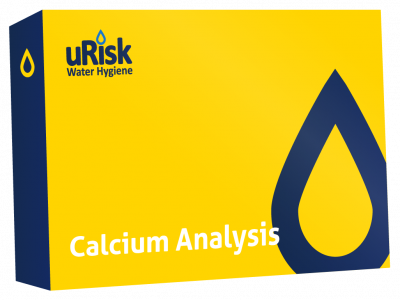£20.00 Delivery Fee
Return the sample kit in a return package to uRisk.
UKAS Approved Laboratory
Have piece of mind that your results are accurate with uRisk.
Water Hygiene Services
We’re specialists that test and treat your water quality failures.
Free 30 min Support Call
Get the advice and support you need with a free 30 min support call.
Lead Testing
£50.00 +VAT
Lead Analysis
Lead was once widely used in products such as paints, petrol and water pipes. Even though the use of lead water pipes was banned in the 1970s, there are some older properties that have not been modernised and could still have lead piping. Although it is illegal, some copper water pipes have been joined together using lead solder. Lead can also get into our drinking water system if it enters groundwater after leaking from industrial or mining operations.
Lead is also found in air, soil, household dust, and food, as well as types of pewter, pottery and porcelain, lead-acid battery manufacture, cables, TVs or computer monitors. The lead in these products can also be a problem when it comes to the recycling process.
uRisk Water Hygiene Services
uRisk is a water hygiene specialist that provides both water treatment services, UKAS accredited legionella testing, and water testing analysis. This mean’s we can resolve your water quality failings with water treatment engineers in-house. There are many legionella testing kits available online from non-specialists who operate as an e-commerce store that may not provide the same level of service.
uRisk’s legionella testing kits are suitable for any water system and industry. This includes hot and cold systems, cold water storage tanks, cylinders, dental water lines, swimming pools, and more.
4 Simple Steps
Step 1 - Order Testing Kit
Your Legionella Testing Kit will include water sample bottle(s), easy to follow instructions and a FREE return package.
Step 2 - Fill Sample Bottle
Fill the water sample bottle(s) from your taps following the instructions.
Step 3 - FREE Return Delivery
Drop off your FREE return package to any local Post Office on the same day you have taken your sample.
Step 4 - Get your Results
Your sample results are tested in a UKAS approve laboratory and sent to you in PDF format in 10-14 days.
About this Product
What is included in the testing kit?
- 1x Sterile Bottle
- Instructions
- UKAS accredited analysis
- Free Sample Packaging
- Pre-Paid Return Pack
- Confidential Service
- Results & Certificate
- Laboratory testing takes at least 10-14 days
All orders are posted on Mondays only (example – if you make your order on a Thursday your delivery will be actioned on the next Monday). Delivery fee for UK mainland, this includes delivery to your address and pre-paid packaging for the return of the samples for analysis.
Weight & Dimensions
Weight: 1kg maximum per filled sample bottle
Dimensions: 25.5 x 15.5 x 14.5 cm
Lead Testing FAQs
What are the health risks of lead?
Lead is a risk to human health if it has been allowed to build up in the body over the years. Those most at risk are pregnant women and young children as it slows down mental and physical growth and development. Small amounts of lead contamination may not be harmful to adults but could be a risk to children. Larger amounts of lead contamination can be a risk to adult health, causing problems such as cardiovascular disease as well as kidney problems, anaemia, problems with the nervous system and male infertility.
Why is lead analysis important?
Lead is a naturally occurring metal that is found throughout the world and is a commonly used material in the manufacture of many products. Natural lead which is known as organic lead, is rarely a problem, but refined lead, known as inorganic lead, can become harmful to human health if it gets into the environment.
What are my responsibilities when it comes to lead analysis?
In the UK, there are stringent controls relating to levels of lead in the water, food and atmosphere to minimise the risks. Testing the levels of lead in your water system is therefore an integral part of your health and safety responsibilities.
What are the health risks from lead Over-exposure?
Exposure to inorganic lead material can lead to the risk of lead poison. The resulting health problems will depend on the amount of lead you’re exposed to and the length of exposure.
-
Low-level exposure to lead for short periods usually doesn’t cause problems in the human body. However, even short exposure to high lead levels can. Lead poison symptoms can include stomach upset, mood changes, headaches, hallucinations and poor concentration. In extreme cases, it can cause damage to the brain or kidneys.
-
Exposure to low levels of lead over a long period can cause serious problems. Symptoms in adults include anaemia, low blood pressure, brain damage, kidney damage, and nervous system damage, as well as problems with reproduction in both men and women. There is also evidence to suggest that it may cause cancer.
-
Pregnant women and young children are particularly at risk from the dangers of long-term exposure to inorganic lead. Adverse effects can result in miscarriage, premature birth or stillbirths. Children exposed to lead while in the womb, or their first few years are at risk of developmental problems, for example, a lower IQ, nerve damage and behavioural problems.
What is lead used for in manufacturing?
Lead is currently used in a range of products such as steel products, solder, cabling, circuit boards, ammunition, and systems that shield humans from radiation and X-rays. However, the majority of lead – 85.18% – is used in batteries, principally car batteries but also other industrial batteries such as those used for telecommunications and data networks.
In the past, lead was added to petrol, and used in paints, food cans, and piping. As a consequence of the health risks, lead paint was banned in the UK in 1992, and leaded petrol was banned under EU law in 2000.
What are the current causes of lead pollution?
Currently, the majority of lead pollution is caused by industrial emissions from mining and smelting, as well as improper recycling and waste incineration. Ammunition and lead-based fishing weights are also significant sources of lead in the environment.
How long does lead pollution last?
With the reduction in the use of lead in products, there is less lead in the environment than in previous years. A report published 20 years after the ban on lead in petrol found lead in the atmosphere in London at sufficient levels to continue to pose a risk to neurodevelopment in children.
How can I tell if there is lead in my water system?
If you work in an older building, it is a good idea to do a lead analysis of the water to check for evidence of lead compounds. If lead compounds are present in the analysis, it will indicate there may still be lead water pipes on the premises. If you are certain all the lead piping has been replaced but are still getting a positive reading, this could be evidence that water pipes have been fused or repaired using lead solder.
What is lead poisoning, and how can I test for it using a blood test?
This occurs when lead builds up in the body, often due to exposure to lead-containing substances such as contaminated water, paint, or dust. This can have adverse effects on various bodily systems, including the nervous system, kidneys, gastrointestinal tract, and reproductive system. A blood test, known as a lead blood test, is typically performed. This test measures the amount of lead in the bloodstream and helps assess the level of exposure. Elevated levels of lead in the blood may indicate poisoning and can lead to symptoms such as mild anaemia, nerve conduction velocity reduction, and high serum uric acid levels. Regular blood testing for lead is crucial, especially for individuals with potential exposure to heavy metals.
How can I test for lead exposure at home, and what are the potential adverse effects of high exposure to lead?
Home testing kits, such as the Osumex Lead Test Kit, provide a convenient way to test for lead over-exposure in various substances, including water, urine, food, and organic materials like dirt or paint. These kits offer easy-to-use methods for detecting the presence of lead, with results available in minutes. High exposure to lead can have serious negative effects on health, including neurological effects, nerve conduction velocity reduction, and postural sway. Regular testing for lead is essential, especially for individuals with potential exposure to heavy metals. Special instructions provided with the testing kits should be followed carefully to ensure accurate results and proper handling of the testing materials.
Why choose uRisk?
Over 25 years of water hygiene and legionella control experience.
Friendly and simple advice by phone, email & online at your convenience.
All staff are trained water hygiene consultants and engineers.
With engineers located all across the UK, we're never too far away.
Our labs are UKAS approved providing you with quality assurance.
Your one stop shop for Legionella control, no need to go elsewhere.
You may also Like
-

Anti Corrosion 10L (drinking water suitable) 10L
£60.00 +VAT -

Anti Scale (copper suitable) 10L
£100.00 +VAT -

Anti Scale (steel suitable) 10L
£40.00 +VAT -

Antimony Analysis
£50.00 +VAT -

Arsenic Analysis
£50.00 +VAT -

Asset Labels (Pack of 20)
£80.00 +VAT -

Barium Analysis
£50.00 +VAT -

Borate Analysis
£50.00 +VAT -

BSRIA Chilled Water System Sampling
£365.00 +VAT -

BSRIA Closed Water System Sampling
£315.00 +VAT -

Cadmium Analysis
£50.00 +VAT -

Calcium Analysis
£50.00 +VAT
